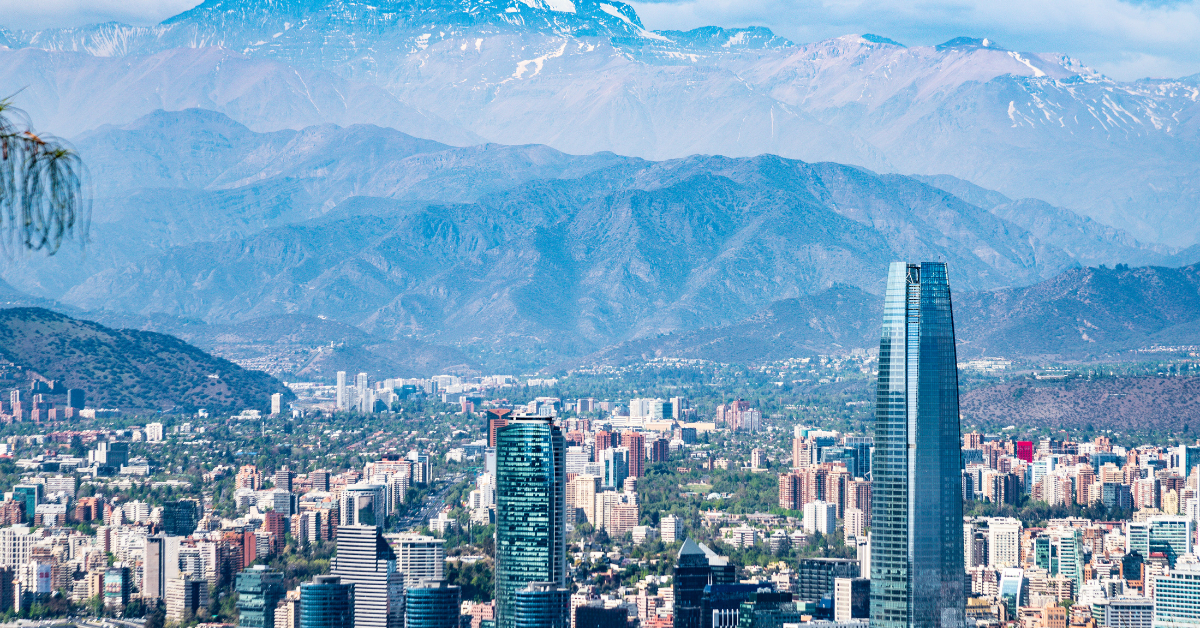Santiago, the capital of Chile, is often misunderstood when it comes to its Kanji representation. In Chinese, it appears as “聖地亞哥”, yet in Japanese the official form is simply Katakana “サンティアゴ”. This article explores not only the correct written form but also how Japanese people perceive Santiago as a cultural, natural, and sporting hub.
Santiago in Kanji
Chinese Representation vs Japanese Usage
In Chinese, Santiago is written as 聖地亞哥. This is an example of phonetic transcription using Chinese characters, intended to approximate pronunciation. In Japanese, however, foreign city names are officially written in Katakana, making “サンティアゴ” the correct representation.
If “聖地亞哥” were to be used in Japanese, it might mislead readers into thinking the text is Chinese. Indeed, official maps and textbooks in Japan use only Katakana.
Chile as a Country and Kanji Usage
For Chile as a country, the Kanji form 智利 has occasionally been used in historical documents and newspapers, influenced by Chinese notation. However, this form is tied to the country’s name only and is not applied to the city of Santiago.
How Japanese People View Santiago
Santiago as the Gateway to South America
To Japanese people, Santiago represents a gateway to South America. Located in a basin surrounded by the Andes, it offers a rare combination of modern skyscrapers set against a backdrop of snow-capped peaks. Many Japanese describe the city as “a place where nature and modern urban life coexist”.
Culturally, Santiago is seen as “a city where tradition and innovation merge”, with its European-style old town harmonizing with modern urban development.
Santiago and Sports Culture
The Passion for Soccer
Santiago is synonymous with soccer. The 1962 World Cup was held in Chile, with Santiago’s Estadio Nacional serving as the main venue.
Japanese soccer fans often associate Santiago with the national team’s passionate supporters and its iconic players, particularly Alexis Sánchez and Arturo Vidal, both well known in Japan.
Beyond Soccer
Sports in Santiago extend well beyond soccer. Tennis, cycling, and citizen marathons are popular, and parks in the city are filled with joggers and yoga enthusiasts. This lifestyle gives Japanese visitors the impression of “a health-conscious and active city”.
Santiago’s Multiple Facets in Tables
Comparison of Written Forms
| Language | Representation | Description | Usage |
|---|---|---|---|
| Japanese | サンティアゴ (Katakana) | Official form | Used in maps and textbooks |
| Chinese | 聖地亞哥 | Phonetic transcription | Standard in Chinese texts |
| Japanese (Country Name) | 智利 (Chile) | Borrowed from Chinese | Only for country, not city |
Japanese Perceptions of Santiago
| Perspective | Positive Impression | Points of Caution |
|---|---|---|
| Cityscape | Nature and city in harmony | Traffic congestion, air pollution |
| Culture | Latin music, wine culture | Different lifestyle habits |
| Sports | Passionate soccer culture | Concerns about safety |
| Tourism | European-style architecture | Long flight distance |
Sports in Santiago
| Sport | Features | Connection to Japan |
|---|---|---|
| Soccer | Home of national team matches, passionate fans | World Cup spotlight |
| Tennis | Hosts international tournaments | Japanese awareness through South American players |
| Cycling | Mountain terrain competitions | Compared with Japan’s outdoor culture |
| Marathon | Popular citizen events | Similar to Japanese citizen marathons |
Cultural Comparison of Santiago and Japan
| Aspect | Santiago | Japan |
|---|---|---|
| Food | Wine, meat dishes, barbecue | Rice, fish, traditional Japanese cuisine |
| Music | Latin music, dance | Enka, J-pop |
| Leisure | Outdoor sports, watching games | Family time, shopping |
| Festivals | Independence Day celebrations, music festivals | Summer festivals, fireworks |
Conclusion
In Chinese, Santiago is written as 聖地亞哥, but in Japanese the official and correct form is サンティアゴ (Katakana). The Kanji 智利 has appeared historically for the country Chile, but it has no connection to the city’s name.
To Japanese people, Santiago is “a beautiful capital where nature and modernity coexist”, and at the same time “a stage for passionate sports culture, particularly soccer”. While concerns about safety exist, Santiago is also viewed as a modern international city that continues to attract interest for tourism, cultural exchange, and sports.
Through sports in particular, many Japanese have come to recognize Santiago as a symbol of Latin passion and vitality. Combining culture, food, nature, and sports, Santiago stands out as a city where admiration and reality coexist in the minds of Japanese people.






